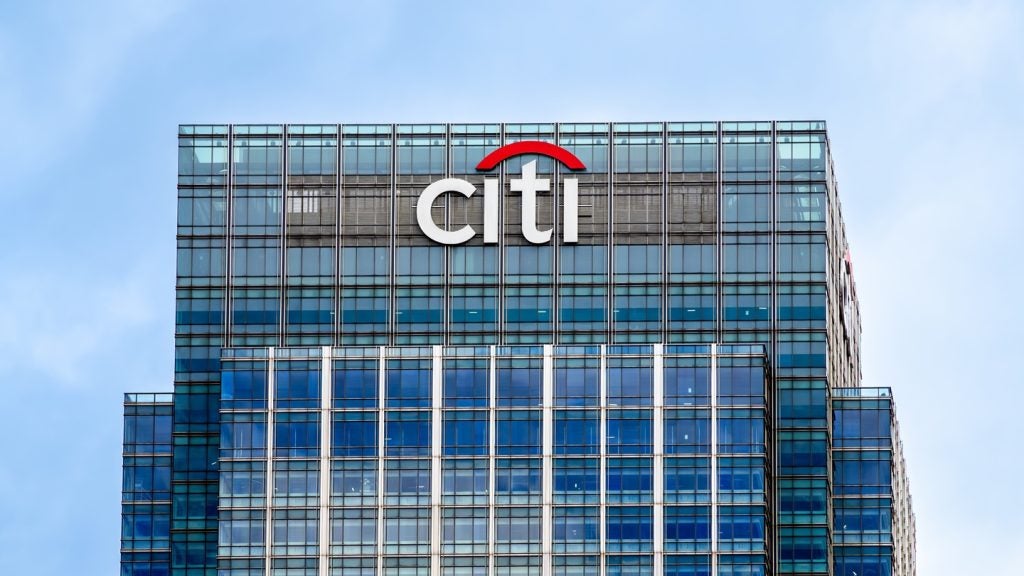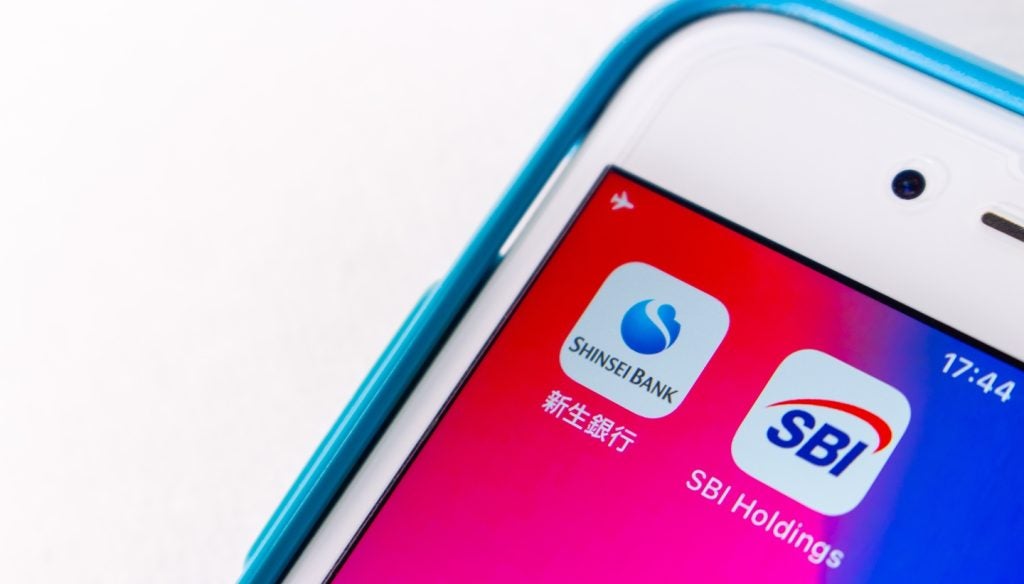Five reports published since
the last time RBI went to press consider and analyse
different aspects of the changing landscape of retail banking, with
particular focus on the growing importance and influence of
alternative delivery channels for banks’ retail banking operations.
Duygu Tavan highlights the key findings.
 May has been
May has been
an insightful month for banks: five reports, three of them by the
European Financial Marketing Association (EFMA), one by TNS and
another by First Data and Market Strategies provide perceptive
statistics on the market conditions both in Europe and
worldwide.
Key findings in EFMA’s Future
of Face to Face: a €15-20bn Multichannel Opportunity in
association with McKinsey, the World Retail Banking Report
in co-operation with Capgemini and UniCredit, as well as the annual
Strategic Insights and Best Practises 2011 paper show
that:
- Branches will remain an
important part of a bank’s distribution network in the eyes of
customers; - But banks’ branch strategy
needs to evolve along with the addition of alternative delivery
channels to banks’ distribution networks and also due to
also due to
changing customer preferences and higher costs as a result of more
stringent regulation; - One issue banks face is
finding the balance between operating a branch and retaining
customer satisfaction as customers continue to consider the branch
the premier channel for high quality services; - Customers plan to extend
their use of the branch from 28% in 2010 to 31% in
2015; - Basic transactions in the
branch are expected to decline from 37% in 2010 to 34% in 2015 as
customers migrate to alternative channels.
Significant conclusions
included:
- 55% of bank customers
worldwide consider the lack of service quality a reason to leave a
bank – compared with 27% who cited brand image; - Indian banks scored highest
in Asia-Pacific in terms of customer satisfaction (77%); the US
scored 78% and Switzerland had the most satisfied customers,
scoring 76.2%; - The global average for
customers’ satisfaction with their bank was 72.2%; the global
average for negative experiences was only 3.3%;  Customers
Customers
worldwide consider the branch and the internet as the most
important channels;- Less than 50% of customers
had a positive experiences via the branch or internet
channel; - Customers consider the
branch important for providing advisory, relationship management
service; and - The mobile channel is
considered the least important one worldwide.

US Tariffs are shifting - will you react or anticipate?
Don’t let policy changes catch you off guard. Stay proactive with real-time data and expert analysis.
By GlobalDataMobile Life
Yet, demand for mobile banking has
soared by 50% in one year, TNS research found.
In particular, in developing
markets such as Kenya, where more people have mobile phones than
traditional bank accounts, mobile banking growth increased by
200%.
- the number of mobile banking
users doubled in the past 12 months in China, Brazil and
Kenya;  in the UK, 20.4%
in the UK, 20.4%
people now use mobile banking – compared with 9.7% a year
ago;- in the US, mobile banking
adoption grew from 11.4% in 2010 to 21.9%; - Sweden recorded a bigger
leap still: mobile banking adoption rose from 8.1% to 20%;
and - 63% of mobile phone users in
sub-Saharan Africa said they would like mobile banking
services.
Mobile wallets also taking
off fast
- In China, more than a fifth
of the population ‘store money’ on their mobile phones, compared
with 8% in the US and 12% in the UK. - In the US, mobile wallet
adoption rose by 2 percentage points to 8%; - In Singapore, it rose from
10% to 13%; - In Hong Kong, adoption
increased by just one percentage point to 17%; - In Chile, use of digital
wallets soared from 1% to 7%.
Insights to Help Financial
Institutions Better Serve Retail Banking Customers
 Despite the
Despite the
promising conclusions, research by payment processing vendor First
Data and consultants Market Strategies showed that more than a
third of retail banking customers find the advancement in banking
technology advances too fast.
Four in 10 customers said they
desired speaking to an advisor face-to-face instead of getting
information about new services on their own.
The Insights to Help Financial
Institutions Better Serve Retail Banking Customers study
concluded that financial institutions would need to consider
technological investments from the customers’ point of view. The
report identified six customer categories:
- Fast
Trackers: young families who rely on smart phones, banking
apps; - Young
Aspirationals: singles with varied interests, little
banking loyalty; -
Simplifiers: middle-aged lower income wage
earners loyal to their banks; - Middle of the
Roaders: middle-aged wage earners who wait until
technology is proven before they adopt it; - Value
Seekers: older, well-educated, financially comfortable
customers not interested in banks’ technological advances,
and - Conventional
Stalwarts: fixed-income retirees preferring paper
statements.
The findings relate to surveys by
JD Power and Ernst & Young from April and March respectively:
JD Power found that in 2011, 23% of Generation X and Y customers
used mobile banking, up from 11% in 2010. Ernst & Young’s first
global survey on consumer behaviour found that consumers responded
positively to the convenience, accessibility and reliability
provided by digital channels.










